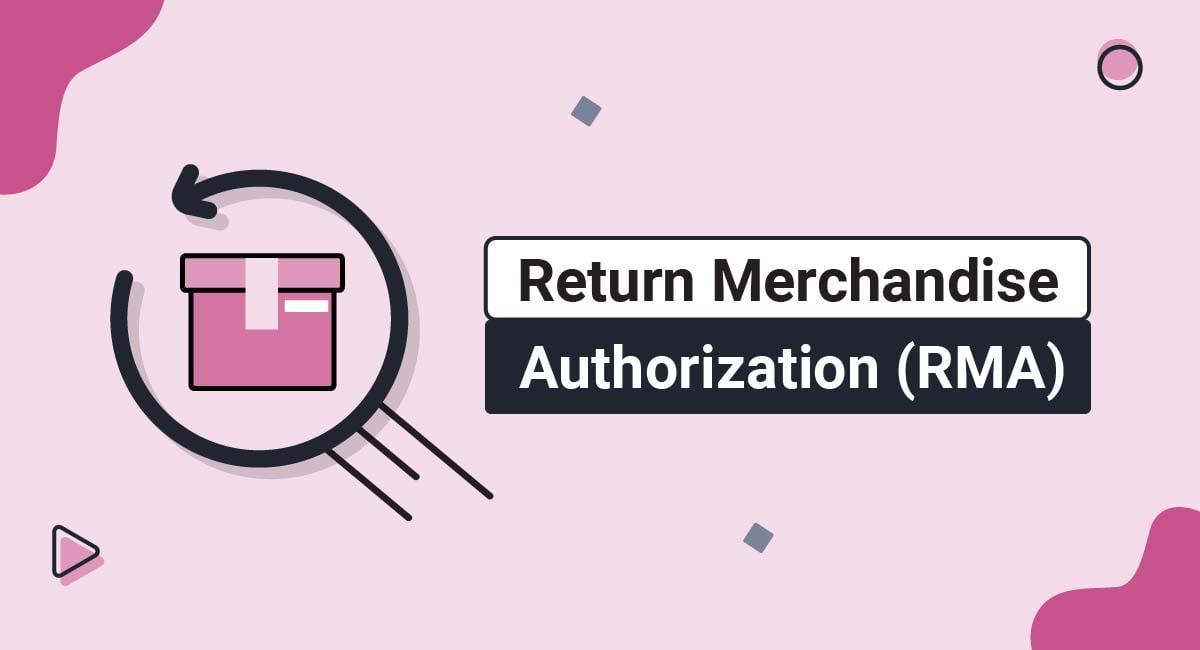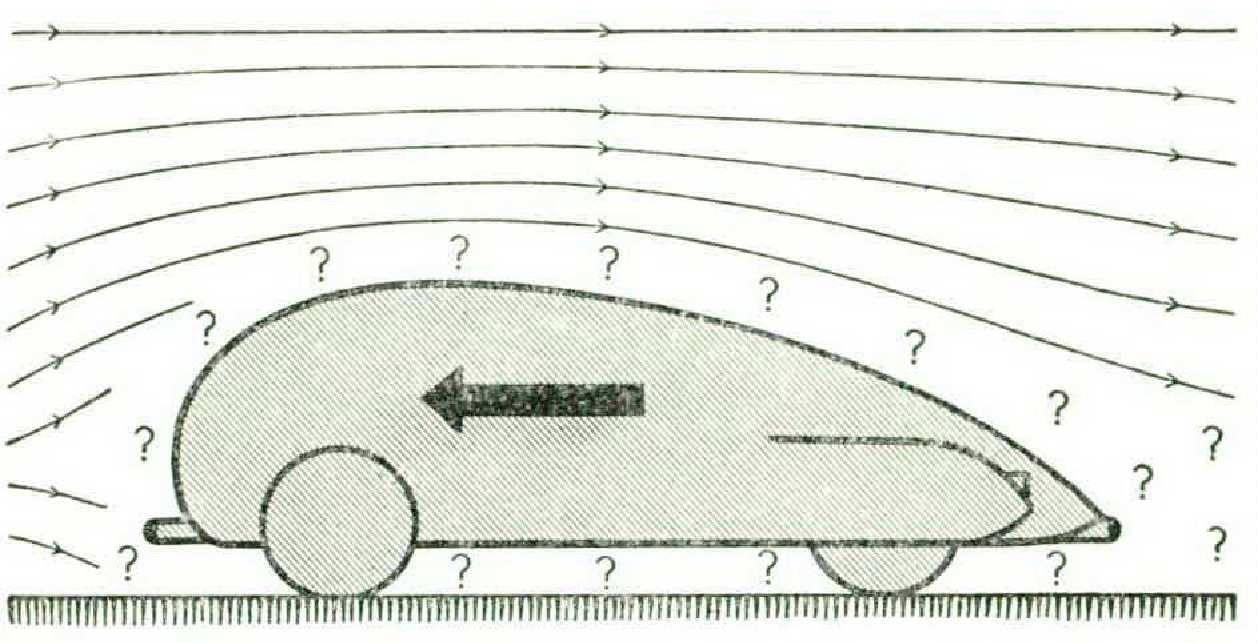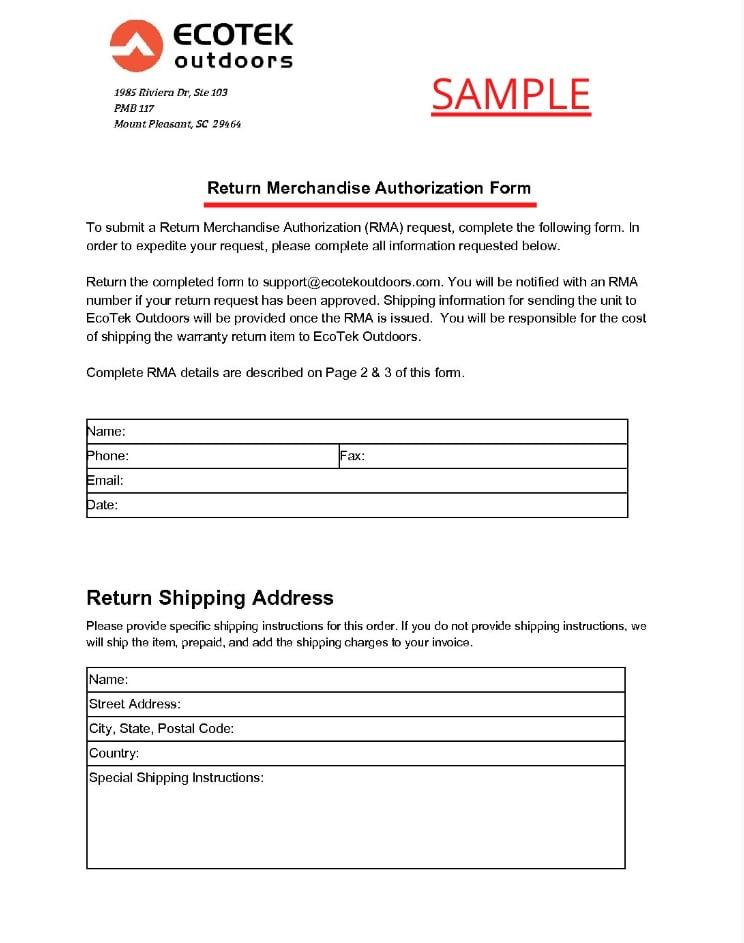In the world of logistics and transportation, one crucial process often overlooked is the handling of returns. return Material Authorization or Return Merchandise Authorization (RMA) is the key to ensuring smooth and efficient reverse logistics operations. In this article, we dive into the intricacies of RMA logistics, transport, and shipping, shedding light on its importance in the ever-evolving supply chain industry. Join us as we unravel the complexities of handling returns and explore the critical role RMA plays in the seamless flow of goods.
Key Considerations for Implementing Return Material Authorization Processes
When implementing Return Material Authorization (RMA) processes, there are several key considerations that organizations need to keep in mind in order to ensure a smooth and efficient experience for both customers and internal teams. One crucial factor to consider is the ease of initiating an RMA request. Customers should be able to easily submit their return requests through a user-friendly portal or system that guides them through the necessary steps. Providing clear instructions and options for returning merchandise can help streamline the process and improve customer satisfaction.
Another important consideration is streamlining the inspection and approval process for returned items. Implementing a standardized evaluation system can help quickly determine the condition of returned merchandise and whether it meets the criteria for a refund or replacement. Additionally, having clear communication channels between the customer and the support team can help address any concerns or issues that may arise during the RMA process.

Streamlining RMA Logistics for Efficient Returns and Exchanges
Managing Return Material Authorization (RMA) logistics is crucial for businesses looking to streamline their returns and exchanges process. By efficiently handling the transport and shipping of returned items, companies can provide a better experience for customers and reduce the time and costs associated with returns.
Utilizing a systematic approach to RMA logistics can greatly benefit businesses in handling returns and exchanges. By implementing real-time tracking of shipments, automated processing of return authorizations, and efficient communication with customers, companies can enhance their overall operations and improve customer satisfaction.

Maximizing Customer Satisfaction through Effective RMA Shipping Strategies
When it comes to , it’s essential to prioritize efficiency, transparency, and reliability. By streamlining the return process and providing clear communication every step of the way, you can ensure a positive experience for your customers even in the event of a return or exchange.
Utilizing a robust logistics system that includes real-time tracking, secure packaging, and timely delivery can significantly impact the customer’s perception of your brand. By implementing best practices in RMA shipping, you can demonstrate your commitment to customer service and build trust with your audience. Remember, a seamless return process can turn a potentially negative situation into an opportunity to exceed customer expectations.
Concluding Remarks
In conclusion, Return Material Authorization (RMA) or Return Merchandise Authorization plays a crucial role in streamlining the logistics and shipping process for both businesses and customers. By following the proper steps and procedures outlined in this article, you can ensure a smooth and efficient return process that benefits all parties involved. Remember, clear communication and adherence to guidelines are key in achieving successful RMA transactions. Thank you for reading and best of luck with your future returns!
